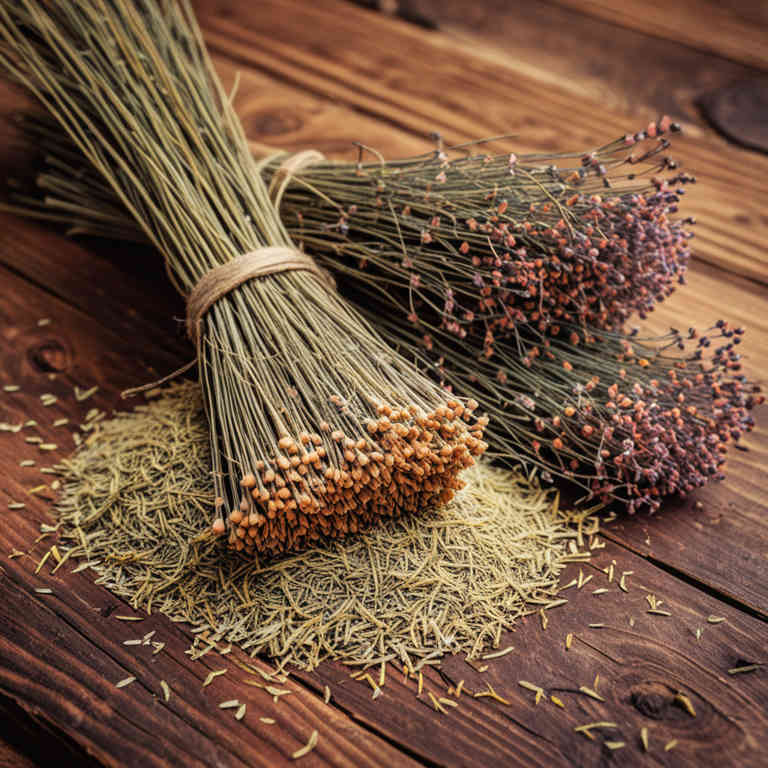Ephedra sinica linctuse for medicinal use

Ephedra sinica linctuse is a traditional Chinese herbal preparation derived from the plant Ephedra sinica, commonly known as Ma Huang.
It contains ephedrine and pseudoephedrine, which are alkaloids with stimulant and decongestant properties. This preparation has been historically used in herbalism to treat respiratory conditions such as asthma, bronchitis, and nasal congestion by promoting bronchodilation and reducing mucus production. However, due to its potential for abuse and serious side effects, it is now regulated in many countries.
Despite its medicinal use, modern herbal practices often recommend safer alternatives for similar therapeutic effects.
Uses
Ephedra sinica linctuse has been used to treat respiratory conditions such as asthma, bronchitis, and nasal congestion for centuries, particularly in traditional Chinese medicine.
Historically, it was valued for its ability to open the airways and relieve breathing difficulties, often prepared as a syrup or tincture. In modern times, it has been studied for its potential bronchodilatory effects, though its use is now heavily regulated due to safety concerns. Despite its traditional significance, it is no longer recommended for general use due to risks of toxicity and dependence.
Its legacy remains in the history of herbal medicine, reflecting both its therapeutic potential and the need for caution in its application.
Benefits
Ephedra sinica linctuse has health benefits such as alleviating respiratory symptoms, reducing inflammation, and acting as a mild stimulant.
It is traditionally used to relieve nasal congestion and improve breathing in conditions like bronchitis or asthma. The preparation may also help with nasal allergies and sinusitis due to its decongestant properties. However, it should be used with caution due to potential side effects and interactions with other medications.
Always consult a healthcare professional before using this herbal preparation.
Constituents
Ephedra sinica linctuse active constituents include ephedrine, pseudoephedrine, and methylephedrine, which are alkaloids known for their bronchodilatory and stimulant properties.
These compounds work by relaxing the smooth muscles in the airways, making it easier to breathe, and also by increasing heart rate and blood pressure. Ephedrine is the primary active ingredient responsible for the preparation's therapeutic effects. It has been traditionally used to alleviate symptoms of respiratory conditions such as asthma and bronchitis.
However, due to its potential for abuse and serious side effects, its use is highly regulated in many countries.
Preparation
To make Ephedra sinica linctuse, first gather the dried stems of Ephedra sinica, also known as Ma Huang.
Next, crush the dried stems into a fine powder using a mortar and pestle or a blender. Then, mix the powder with a small amount of honey or another sweetener to create a paste. Allow the mixture to sit for a few hours to ensure the ingredients are well combined.
Finally, strain the mixture through a fine mesh or cheesecloth to produce a smooth, syrup-like linctuse.
Side Effects
Ephedra sinica linctuse may lead to serious cardiovascular effects, including increased heart rate, elevated blood pressure, and even heart attacks.
It can also cause insomnia, anxiety, and gastrointestinal discomfort due to its stimulant properties. Long-term use may lead to dependency and tolerance, making it difficult to discontinue. The preparation is contraindicated for individuals with hypertension, heart disease, or a history of stroke.
Due to these risks, it is generally not recommended for use without medical supervision.